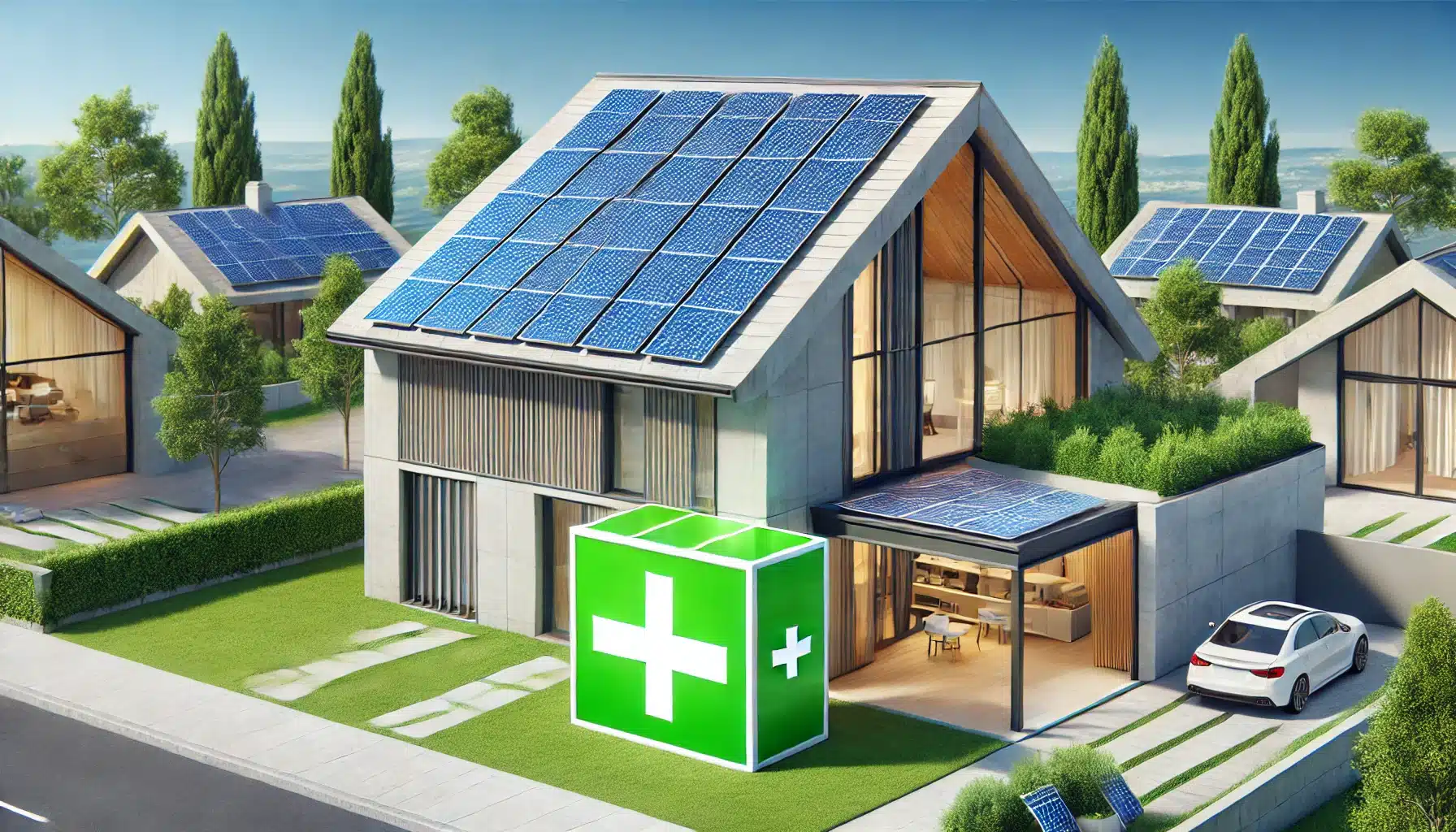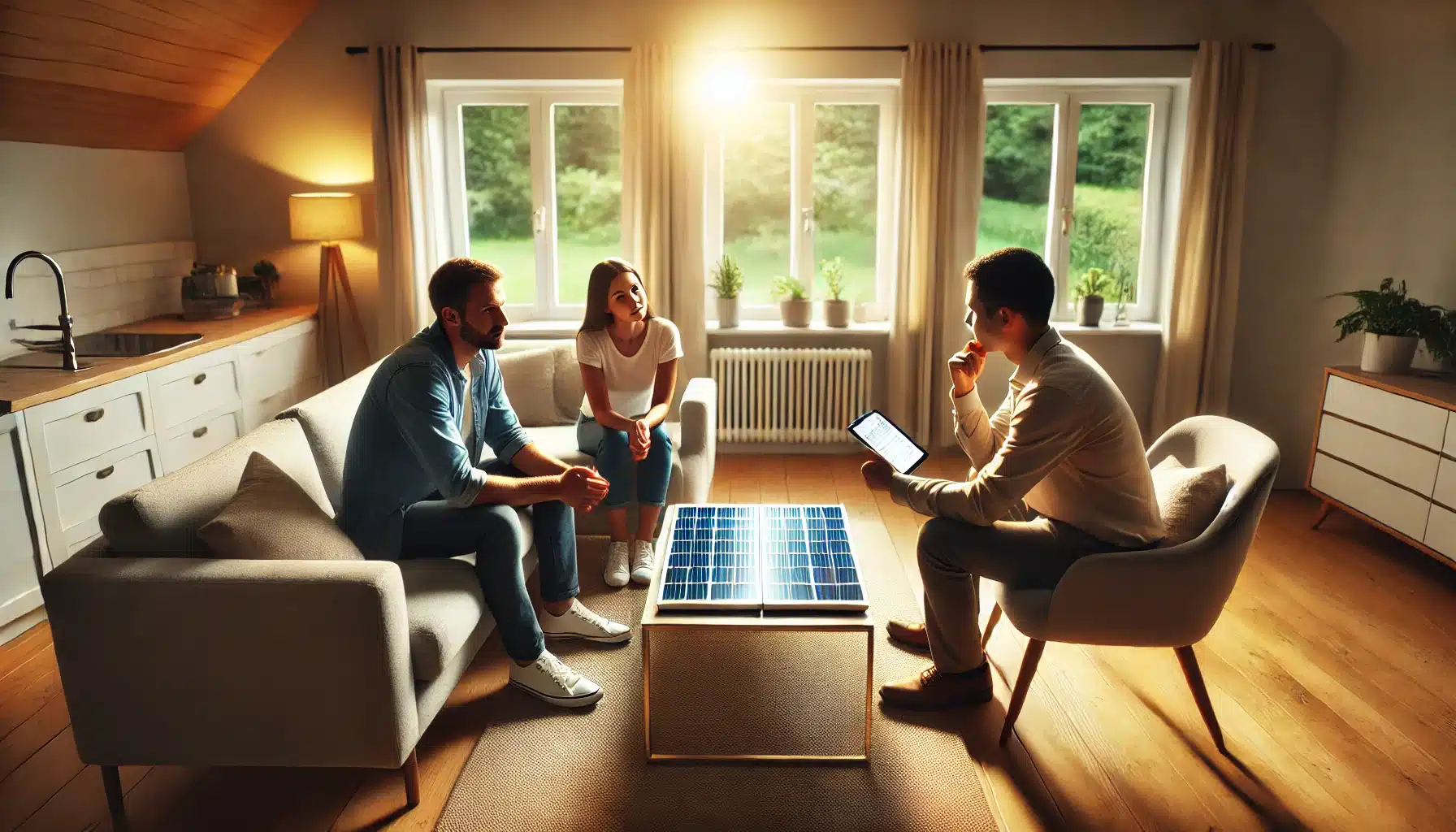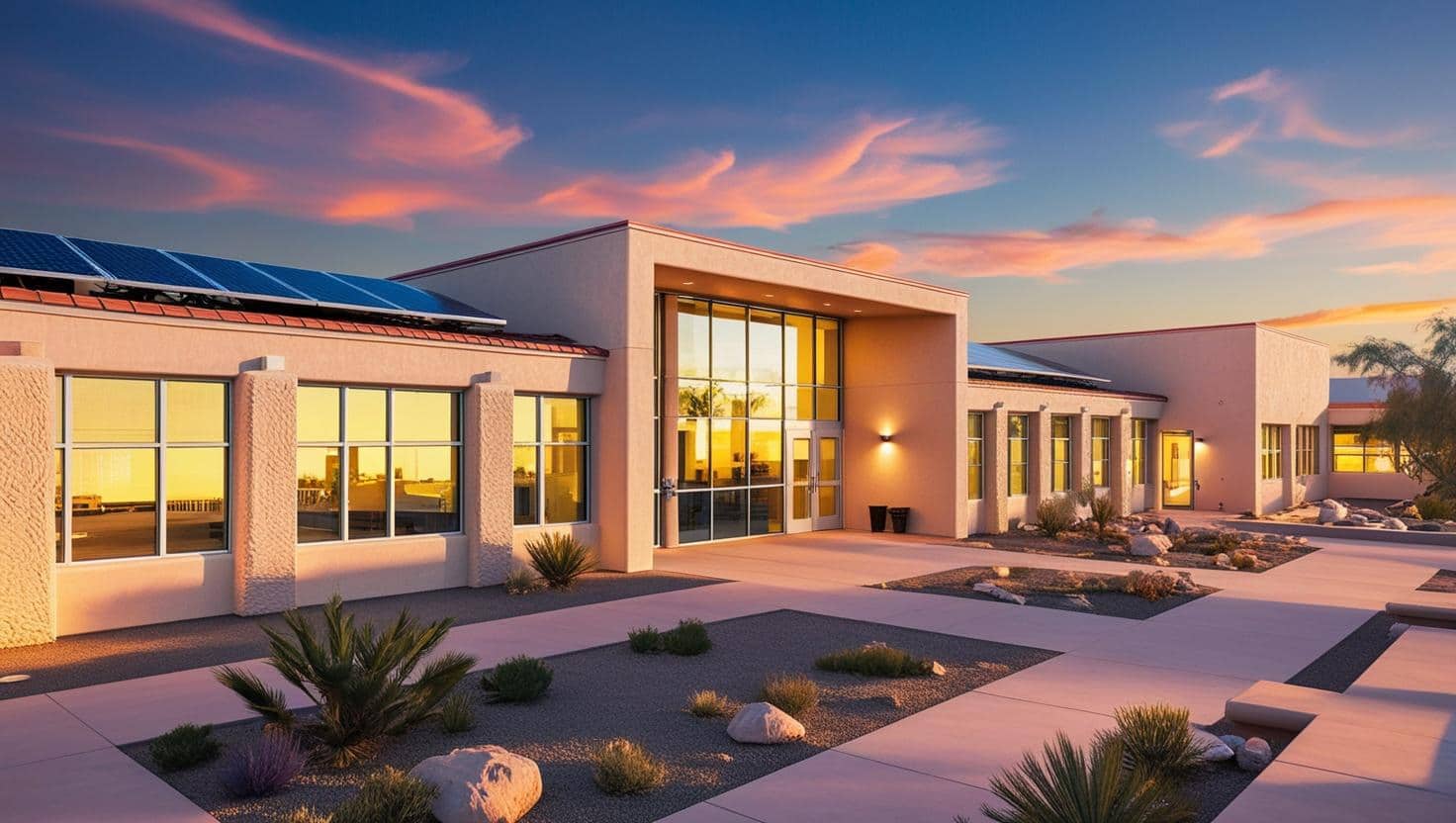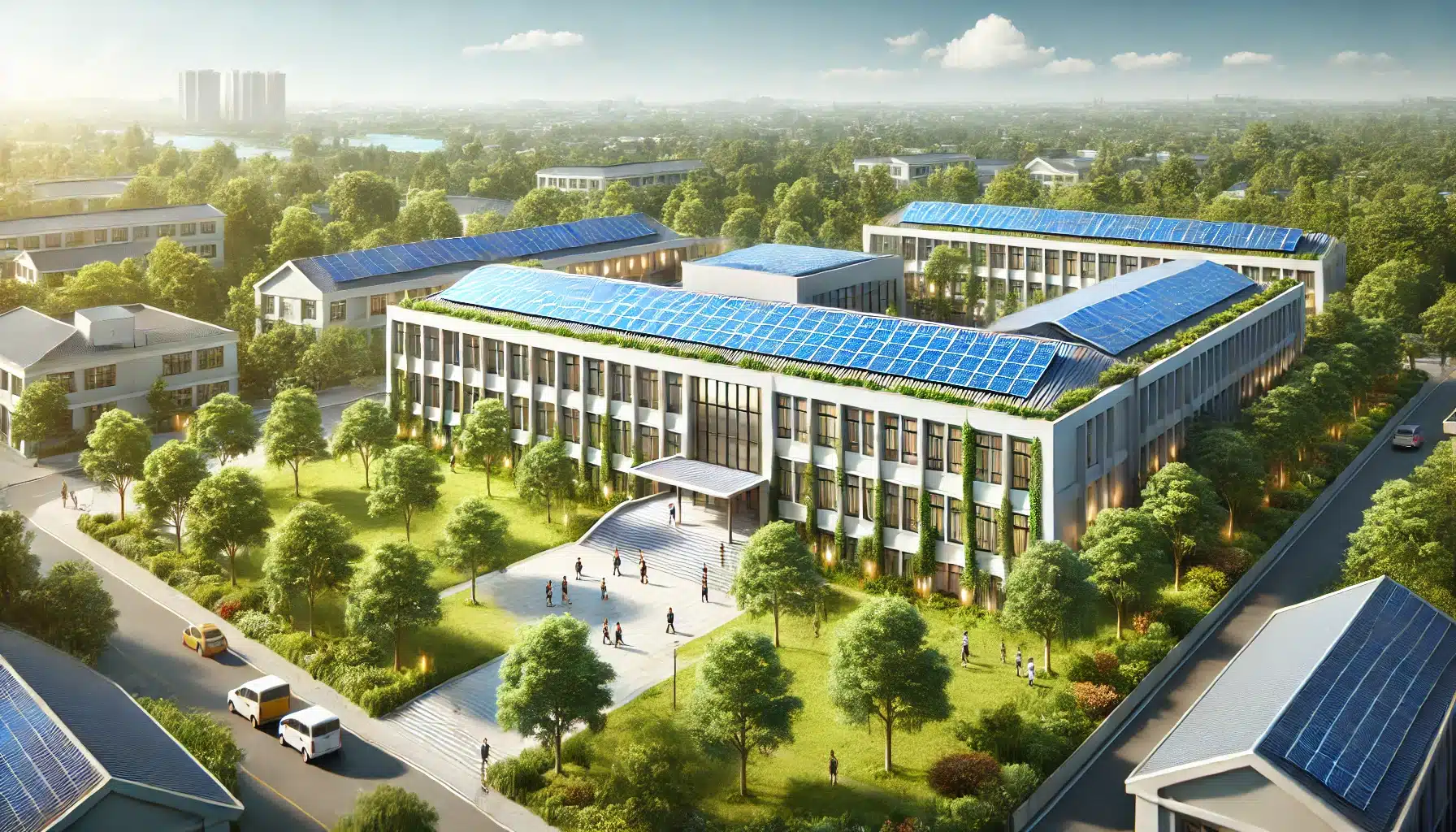Looking to expand your solar panel system? Solar system add-ons can enhance your energy production and reduce electricity costs.
In this article, you’ll learn when to consider expanding, how to assess your current system, and the steps involved in adding more panels and integrating solar battery storage.
Key Takeaways
- Expanding an existing solar panel system can address increased energy consumption from lifestyle changes and help achieve net-zero energy status, thereby offering potential electricity bill savings.
- Before adding more panels, it is crucial to assess your current system’s capacity, inverter load, available roof space, and the compatibility of new panels with older systems, ensuring they match aesthetically and technically.
- Incorporating solar battery storage can enhance energy independence, store excess solar energy, and reduce electricity costs, but requires ensuring compatibility with existing components and considering installation requirements.
When to Consider Solar System Add-Ons
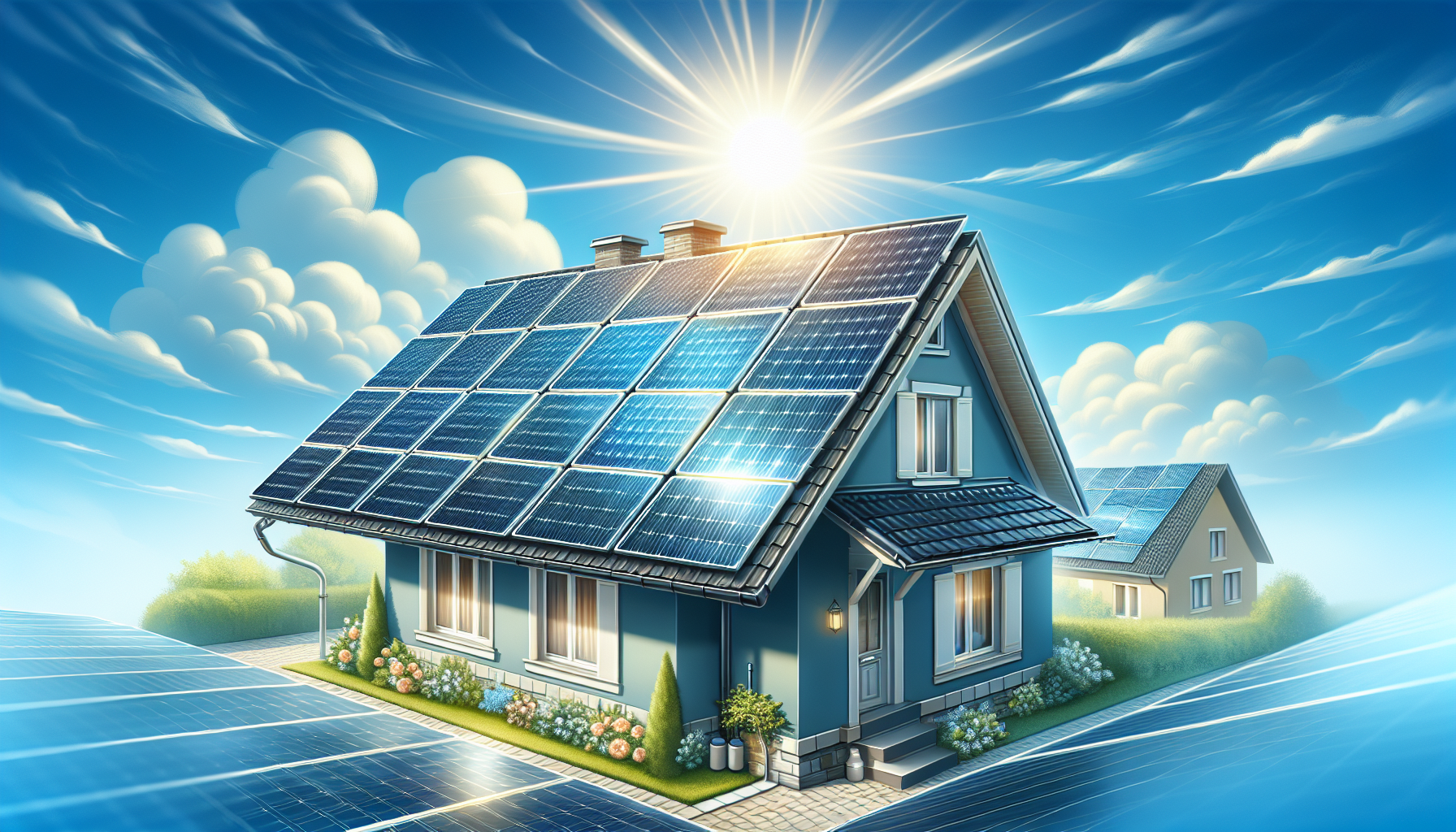
By expanding your existing solar panel system, you can reap multiple benefits such as higher energy production and potential electricity bill savings. Consider the compelling reasons to expand your solar panel setup. Increased energy consumption is a primary motivator. This often happens when homeowners adopt new electric vehicles, add a pool, or introduce more home appliances. These lifestyle changes can significantly increase electricity usage, making it necessary to boost the capacity of your solar energy system.
Aiming for net-zero energy status provides another motivation for enhancing your solar panel system. If your current setup isn’t producing enough solar energy to cover your entire power needs, installing additional panels can help bridge the gap. Moreover, if you’ve lost access to a premium feed-in tariff, expanding your system might be financially beneficial.
Rooftop space can also be a practical consideration. If your roof still has space, utilizing it to increase your energy production is a practical move. Additionally, adding solar battery storage can increase your energy independence, often requiring extra panels to maximize storage capacity.
Assessing Your Current Solar System’s Capacity
A thorough assessment of your current system’s capacity is crucial before you introduce additional solar panels. Start by evaluating your energy bills since the installation of your solar system to determine if you’re meeting your energy needs. If you’re consistently drawing power from the grid, it might be time to consider an upgrade.
Next, check the inverter capacity. If your system uses a string inverter, you need to determine if it can handle the additional load from more panels. Older systems, typically around 10-15 years old, might not be as efficient and could require significant upgrades. In contrast, systems with microinverters are generally easier to expand since each panel operates independently.
Finally, assess your available roof space. You can proceed with the expansion if there is room for more panels, or if you can use alternative mounting locations such as a garage roof, carport, or ground mount. Also, evaluate the quality of the original PV system to avoid potential issues with warranties or code violations.
Adding More Solar Panels to Your Existing System
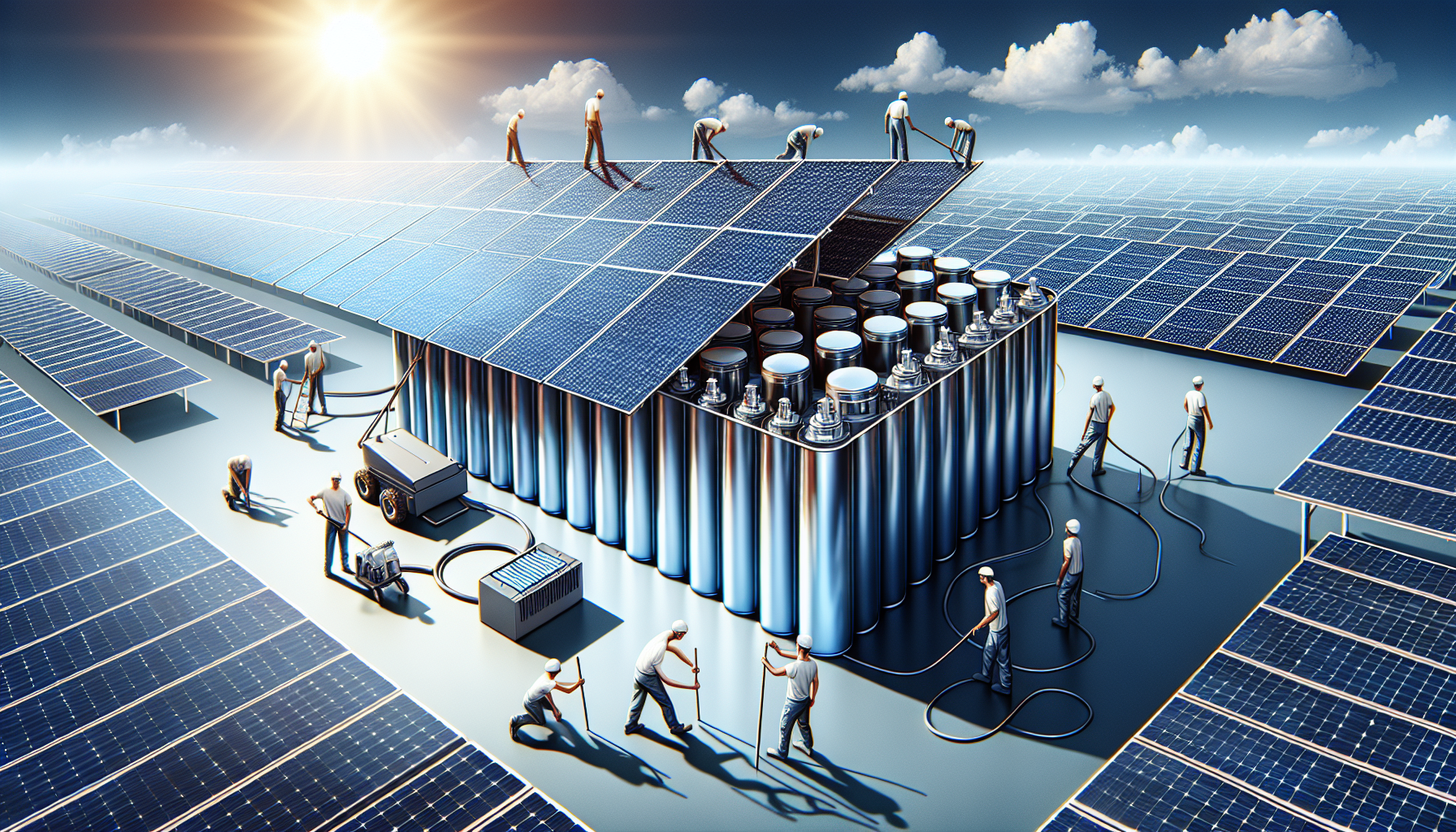
It is increasingly common for people to add solar panels to an existing system, as it is a feasible option. This allows them to harness more renewable energy and potentially lower their utility bills. Yet, a seamless integration requires careful consideration of several factors. If your roof is old, if the system is leased, or if there’s insufficient roof space, adding solar panels may not be feasible. Otherwise, expansion is typically straightforward for most solar energy systems.
Sun Source Energy offers comprehensive services to help you add more panels to your existing setup. They can guide you through placing extra panels on alternative locations like a garage roof, carport, or shed if needed. In cases where the existing system isn’t compatible, installing a separate system alongside the original panels might be necessary.
Determining the Number of Additional Solar Panels
The first step to figure out the number of additional solar panels you need is to analyze your historical energy usage data. Look at your past energy bills and consumption patterns to understand your current needs and identify any trends. For example, if you’ve recently started charging an electric vehicle, you might need about five more panels, depending on the vehicle and your driving habits.
Future energy needs are also crucial. Switching to all-electric appliances or planning significant home upgrades can impact your total energy consumption, possibly requiring around ten more panels. Typically, adding between five and ten panels is sufficient for most homeowners to cover increased electricity usage.
Ensuring Compatibility with Existing Panels
It is essential that the new solar panels align with the aesthetics and technical specifications of your existing system. Solar technologies evolve rapidly, making it challenging to find new panels that are compatible with older systems, especially those over three years old.
When adding new panels, try to match the color and frame style of the original panels to maintain a uniform appearance. This not only ensures system harmony but also preserves the aesthetic appeal of your solar array.
Upgrading Inverters for Expanded Systems

When you add a considerable number of panels to your existing system, you often need to upgrade or replace inverters. If your original system uses a string inverter without additional capacity, you will need to upgrade or replace it to handle the new load. Checking the inverter capacity and compatibility with additional panels is a critical step before making any upgrades.
Systems with microinverters simplify the expansion process since each panel operates independently, requiring only additional microinverters for the new panels. This modular approach makes it easier to scale up your solar power system and solar energy production without the need for a major overhaul.
Local solar permitting requirements can also influence the need for inverter upgrades. Some jurisdictions may require replacing the inverter or installing additional components like a pole mount to comply with current codes. Therefore, consulting with your solar installer about these requirements is essential to ensure a smooth expansion.
Integrating Solar Battery Storage

The integration of solar battery storage into your expanded system can greatly boost your energy independence and reliability. Battery storage systems allow you to:
- Store excess solar energy produced during the day for use during peak hours or power outages
- Provide backup power
- Reduce electricity costs by using stored energy during high-rate periods.
Integrating a battery involves connecting it to your system’s inverter, ensuring compatibility with the existing components. This step is crucial to ensure efficient operation and seamless energy management within your expanded solar system.
Benefits of Adding Solar Battery Storage
Solar batteries, a key component of solar power systems, provide various advantages, including:
- Off-grid capability
- Increased energy independence
- Storing energy generated during sunny days
- Using stored power when the sun isn’t shining, reducing reliance on the grid
- Providing a reliable power source during peak hours or outages
Additionally, having a battery backup system can lead to significant cost savings. By using stored solar energy during peak electricity rate periods, homeowners can avoid high utility charges and maximize their solar investment.
Compatibility and Installation Considerations
Make sure your existing solar panels and inverters are compatible with the solar battery storage system before you install it. Assess the capacity and performance specifications of the batteries, including energy capacity, power output, and cycle life. This ensures the battery meets your energy needs and integrates well with your system.
Installation requirements may include additional equipment or modifications to your current setup. Depending on the type of battery used, it might be necessary to install a new or larger inverter to handle the expanded system. Consulting with your original installer or a qualified solar installer can help navigate these requirements smoothly.
Permitting and Regulatory Requirements
Reviewing local solar permit requirements and ensuring compliance with updated electrical codes is crucial when expanding your solar system. Here are the steps you should take:
- Check with your local jurisdiction to determine if a new solar permit is required for your expanded system.
- Make sure your expanded system meets all electrical and building codes.
- Schedule any necessary inspections to confirm compliance with safety standards.
By following these steps, you can ensure that your expanded solar system is in compliance with local regulations.
Utility companies also need to be notified about system expansions to update the interconnection agreement. Changes in the National Electric Code (NEC), such as module-level rapid shutdown requirements, might affect your expansion plans. Therefore, working closely with your solar installer to navigate these regulatory requirements is crucial to avoid any compliance issues.
Working with Solar Installers for System Expansion
A successful system expansion necessitates collaboration with a professional solar installer. If your original installer is no longer available, companies like Sun Source Energy can step in to meet your specific needs. They offer comprehensive services, including the assessment of your existing solar energy system, and guidance on adding new panels or battery storage.
Working with experienced installers ensures that all technical and regulatory aspects are handled efficiently. They can provide valuable insights and expertise, ensuring your expanded system operates seamlessly and complies with all local requirements.
Cost Considerations for Solar System Add-Ons
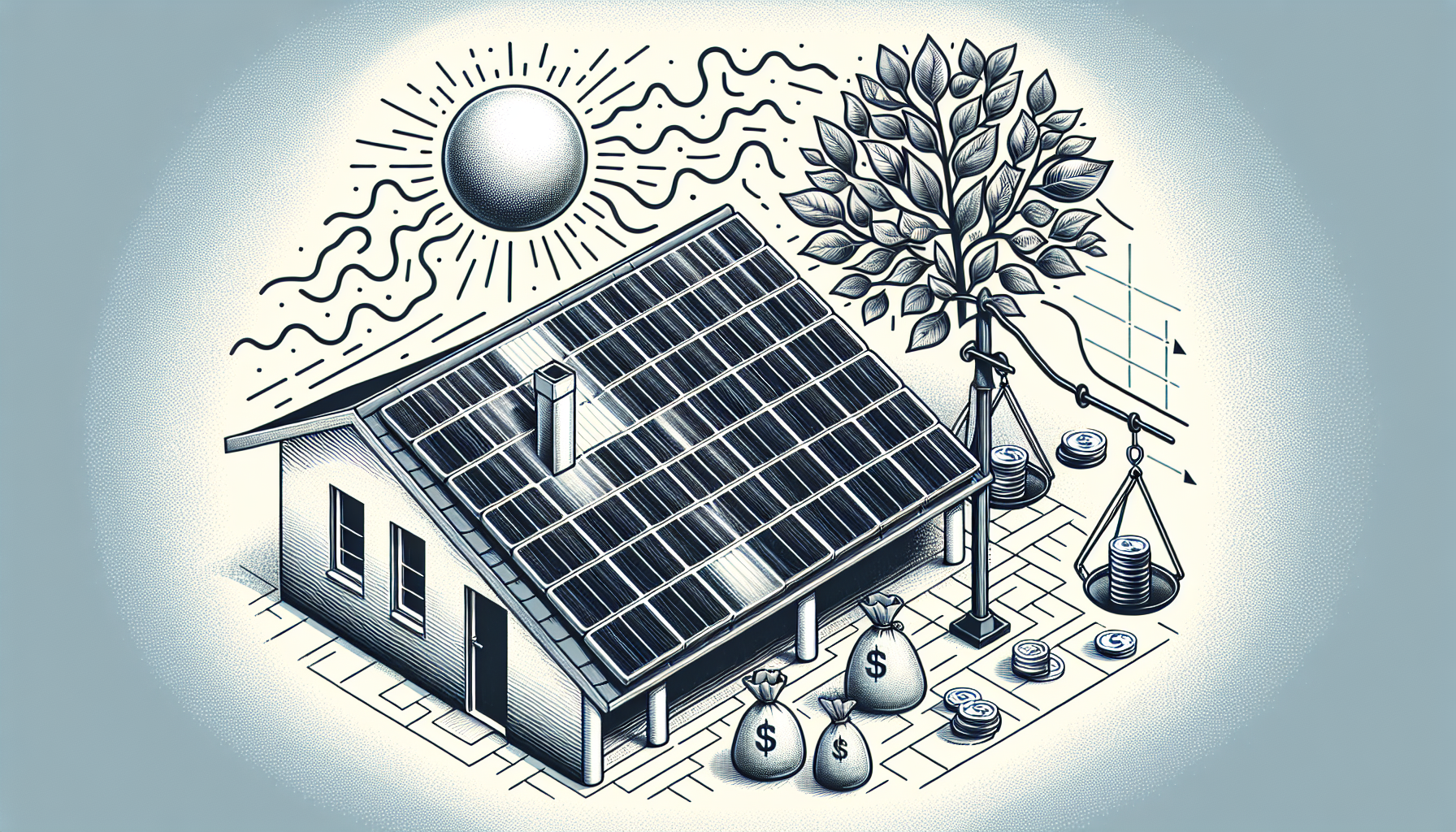
Depending on the number of panels and required upgrades, the cost of expanding an existing solar system can range significantly, from $2,000 to $20,000 or even more. On average, the cost is around $3.00 per watt, with five additional panels estimated to cost about $6,000 before incentives. This investment can pay back in approximately 10 to 11 years, depending on your area’s electricity rates and panel production.
In addition to the panel costs, adding a solar battery like a Tesla Powerwall might cost around $15,500, including installation. Financial incentives like the federal tax credit and state programs can help offset these costs. When homeowners expand their solar systems, they may not be eligible for extra solar incentives. This can impact their decision-making process.
You must take into account potential changes to your net metering plan; expanding your array could lead to a switch to less favorable programs. Consulting with your solar installer and utility company can help you understand these financial implications and make informed decisions.
Summary
Expanding your solar system by adding more panels and integrating battery storage can significantly enhance your energy independence and reduce electricity costs. By carefully assessing your current setup, ensuring compatibility, and working with professional installers, you can seamlessly expand your solar energy production.
Remember, while the initial investment might seem substantial, the long-term benefits and potential cost savings make it a worthwhile endeavor. Embrace the opportunity to maximize your solar energy system and contribute to a more sustainable future.
Frequently Asked Questions
Can I add more solar panels to my existing system?
Yes, you can add more solar panels to your existing system to meet increased energy demands or achieve net-zero energy status.
How do I determine the number of additional panels needed?
To determine the number of additional panels needed, analyze your historical energy usage and consider future energy needs, such as electric vehicle charging or home electrification. This will help you determine the required number of panels for your specific situation.
Will I need to upgrade my inverter when adding more panels?
Yes, you will need to upgrade or replace your inverter if your current system uses a string inverter without additional capacity.
What are the benefits of adding solar battery storage?
Adding solar battery storage provides energy independence, reliability during peak hours or outages, and can lead to significant cost savings by using stored energy during high-rate periods. This can offer more control over energy usage and reduce dependence on the grid.
What are the costs associated with adding solar panels?
The costs of adding solar panels can range from $2,000 to $20,000 or more, and may vary based on the number of panels and necessary upgrades. However, financial incentives and tax credits can help alleviate some of these expenses.


